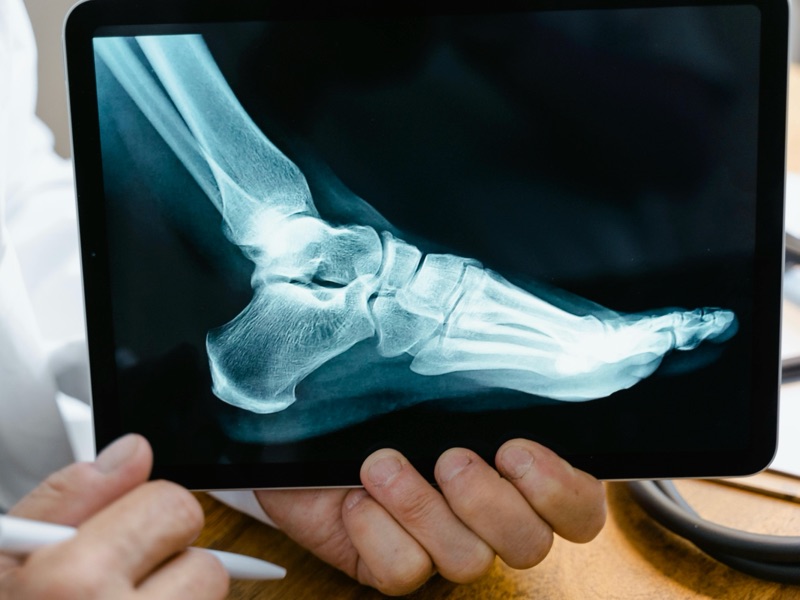Artificial Intelligence (AI) is transforming healthcare at a breathtaking pace, promising to revolutionize diagnostics and patient care. From early disease detection to personalized treatment plans, AI-powered diagnostic tools hold immense potential to improve outcomes, reduce costs, and expand access to quality care. However, this promising technology also faces significant pitfalls and challenges that healthcare providers, patients, and policymakers must navigate carefully.
In this article, we dive deep into the promise and pitfalls of AI in healthcare diagnostics, exploring how this cutting-edge technology is reshaping medicine while highlighting the hurdles that must be overcome to ensure safe, ethical, and equitable use.

The Promise of AI-Powered Diagnostics
1. Enhanced Accuracy and Early Detection
One of AI’s most celebrated benefits is its ability to analyze vast amounts of medical data with remarkable accuracy. Machine learning algorithms can process medical images, genetic data, electronic health records, and lab results far faster than humans and often identify subtle patterns that escape even expert clinicians.
For example, AI algorithms have demonstrated superior performance in diagnosing cancers—such as skin cancer, breast cancer, and lung cancer—at earlier stages than traditional methods. Early detection significantly improves patient survival rates and opens the door for less invasive treatment options.
2. Personalized Medicine and Precision Diagnostics
AI enables a shift from one-size-fits-all treatments to precision medicine. By analyzing individual genetic profiles, lifestyle factors, and environmental influences, AI can help tailor diagnostic and treatment plans specifically for each patient. This personalized approach optimizes effectiveness and minimizes adverse effects, improving quality of life.
For instance, AI-driven analysis of genomic data can predict which cancer therapies are likely to be effective for a particular patient, avoiding trial-and-error approaches that waste time and resources.

3. Increased Efficiency and Cost Reduction
Diagnostic processes can be time-consuming and expensive. AI-powered tools streamline workflows by automating routine tasks, such as image analysis or data entry, freeing up healthcare professionals to focus on complex decision-making and patient interaction.
Reducing diagnostic errors and speeding up detection also help lower overall healthcare costs by avoiding unnecessary treatments and hospitalizations. This efficiency is especially critical in resource-limited settings where expert clinicians and diagnostic facilities may be scarce.
4. Democratization of Healthcare Access
AI diagnostics have the potential to bridge healthcare disparities by bringing expert-level analysis to underserved populations. Telemedicine platforms equipped with AI tools enable remote screening and monitoring, allowing patients in rural or low-income areas to receive timely diagnostic assessments.
Mobile apps powered by AI can assist in detecting conditions like diabetic retinopathy or skin lesions using smartphone cameras, empowering patients with early warning signs and prompting timely medical consultation.

The Pitfalls and Challenges of AI Diagnostics
1. Data Quality and Bias
AI models are only as good as the data they are trained on. Many healthcare datasets suffer from incompleteness, inconsistency, or bias—reflecting underrepresentation of certain demographic groups, socioeconomic statuses, or rare diseases.
When AI systems are trained on biased data, they risk perpetuating or amplifying health disparities. For example, an AI model trained primarily on data from one ethnic group might perform poorly in diagnosing conditions in others, leading to misdiagnosis and unequal care.
2. Lack of Transparency and Explainability
AI diagnostic models often function as “black boxes,” providing predictions without clear explanations for their decisions. This opacity raises concerns about trust, accountability, and clinical adoption.
Healthcare professionals and patients may be reluctant to rely on AI outputs they cannot interpret or verify. Explainable AI—techniques that reveal the reasoning behind decisions—is an active research area but remains a work in progress.
3. Regulatory and Ethical Concerns
AI diagnostics raise complex regulatory challenges. Unlike traditional medical devices, AI systems continuously learn and evolve, making it difficult for regulators to ensure consistent safety and efficacy over time.
Ethically, questions arise about patient consent, data privacy, and the role of AI in critical health decisions. There is a pressing need for clear guidelines and frameworks to govern AI deployment while protecting patient rights.

4. Integration with Clinical Workflows
For AI diagnostics to realize their full potential, they must be seamlessly integrated into existing clinical workflows. This requires interoperability with electronic health record systems, user-friendly interfaces, and training for healthcare providers.
Poor integration risks causing workflow disruptions, increasing clinician burden, or leading to overreliance on AI recommendations without appropriate clinical oversight.
The Road Ahead: Balancing Innovation and Responsibility
AI-powered diagnostics represent a paradigm shift in healthcare, offering transformative benefits from early detection to personalized treatment. Yet, the journey toward widespread adoption is fraught with technical, ethical, and practical challenges.
To harness AI’s promise while mitigating pitfalls, stakeholders must:
- Invest in high-quality, diverse datasets to train equitable AI models.
- Develop transparent, interpretable AI systems to build trust.
- Establish robust regulatory frameworks that adapt to AI’s evolving nature.
- Prioritize patient privacy and informed consent in data use.
- Foster clinician involvement and continuous education to ensure effective AI integration.
Ultimately, AI in healthcare diagnostics is not about replacing human expertise but augmenting it—combining the analytical power of machines with the empathy, judgment, and contextual understanding of clinicians. With thoughtful implementation and vigilant oversight, AI can unlock a future where diagnostic accuracy, accessibility, and patient outcomes reach unprecedented heights.